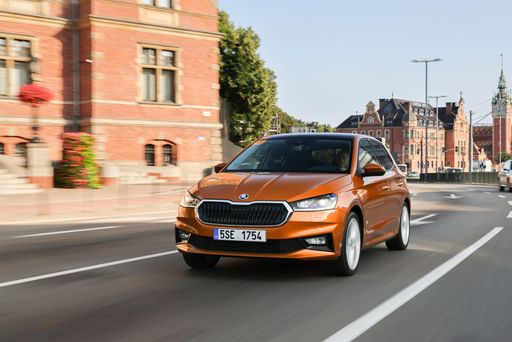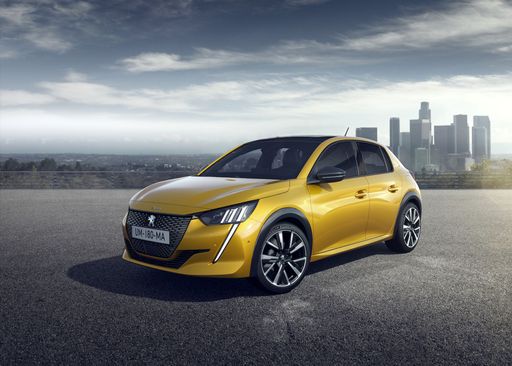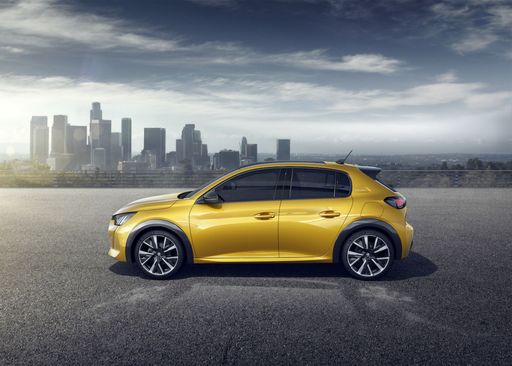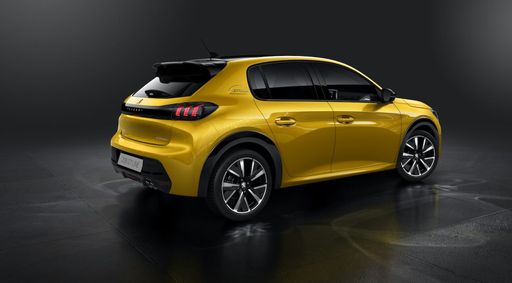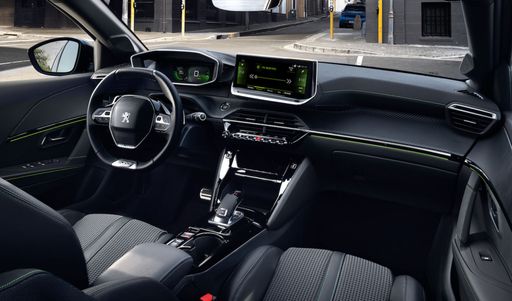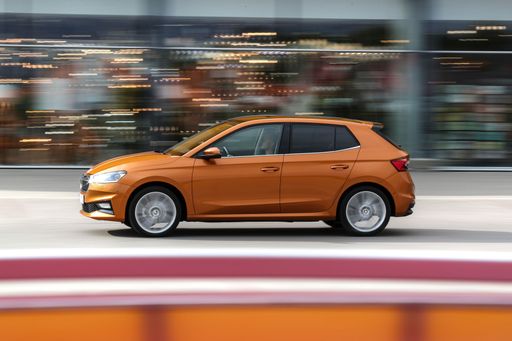Style and Design
Both the Peugeot 208 and Skoda Fabia are hatchbacks with a modern appeal, showcasing sleek lines and a compact design. However, the Peugeot 208 is slightly more petite, measuring 4055mm in length, 1745mm in width, and 1430mm in height. In contrast, the Skoda Fabia is a bit larger, with dimensions of 4108mm in length, 1780mm in width, and a height of either 1479mm or 1459mm, depending on the variant.
Despite the size difference, both models offer a five-door configuration, enhancing accessibility and convenience. Peugeot's sporty and dynamic design stands out, while Skoda’s more conservative, yet sophisticated look appeals to those who prefer a classic style.

